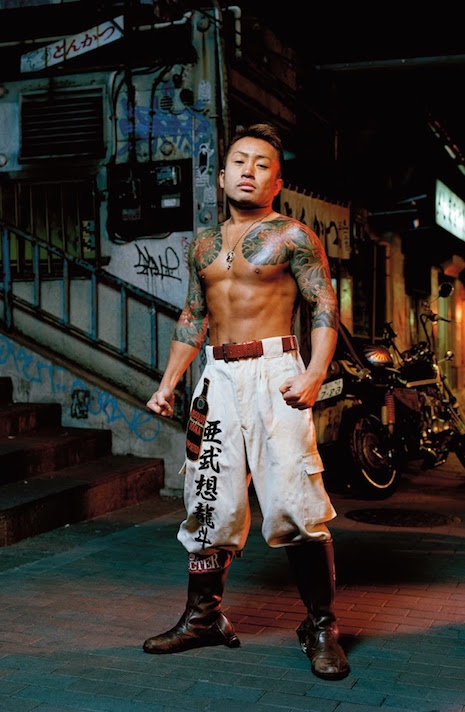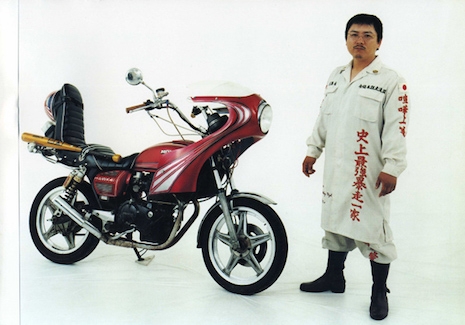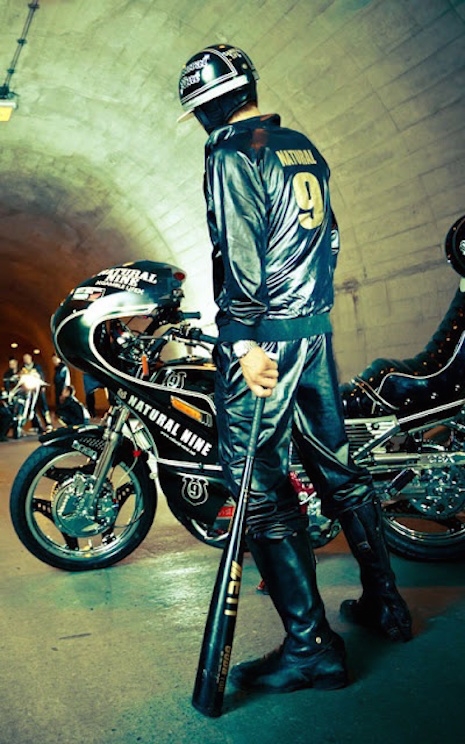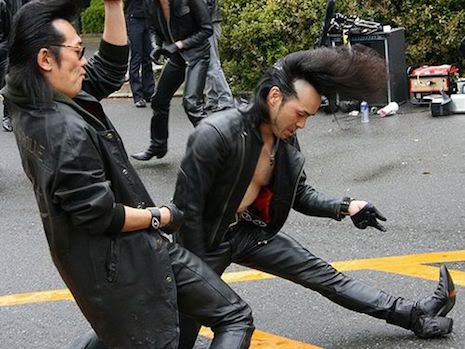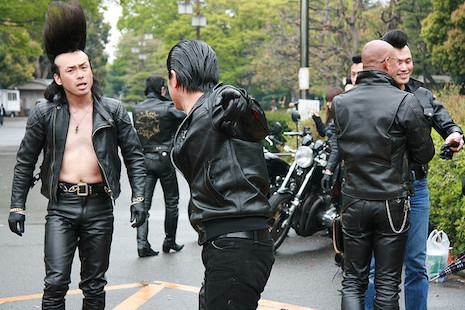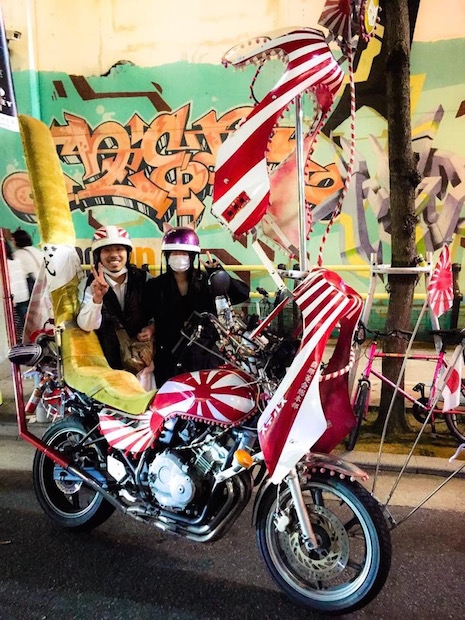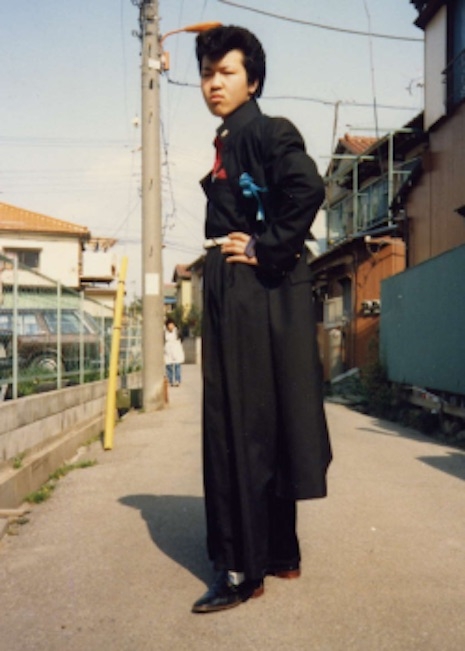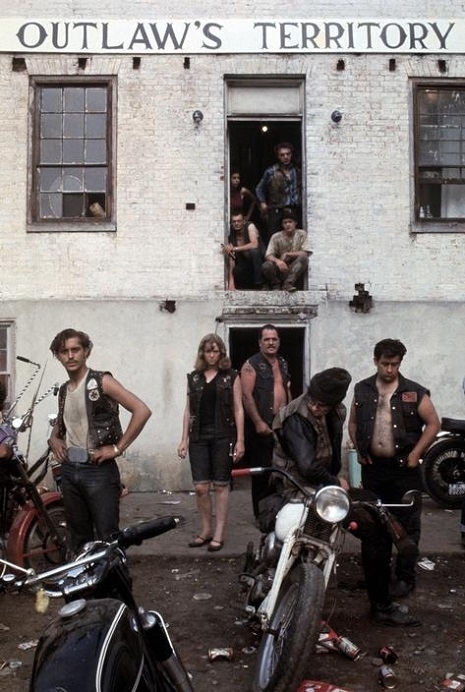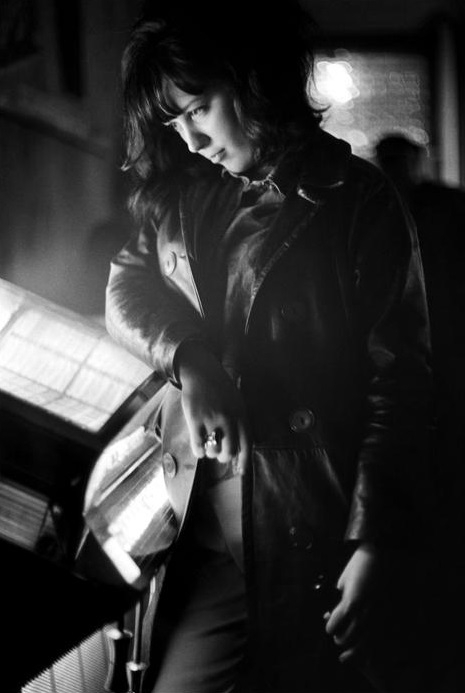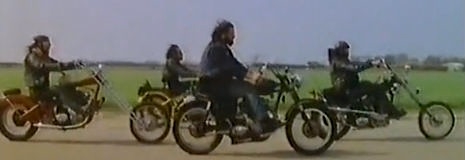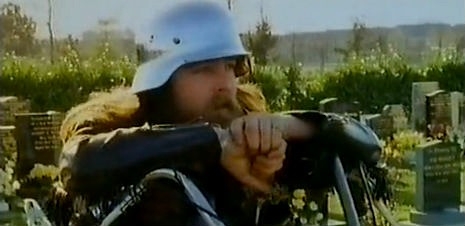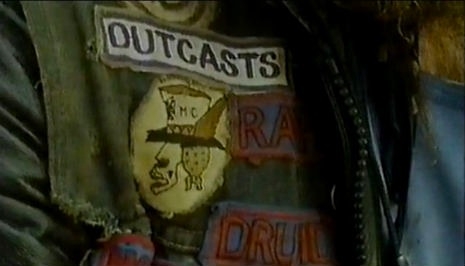
It really all began with the bicycle in the 1890s when wheelmen clubs across America started promoting the bicycle as a new sport—an enjoyable way to travel, exercise and spend free time. Similar clubs opened up in various parts of Europe, but while these were mainly the preserve of the wealthy and leisured class, Americans had the greater opportunity through the cheap mass production of bicycles, the space, the inclination, the time and the desire to get about on two wheels.
There were literally millions of bikes in the US by end of the 19th century. Very soon women were taking to the road and cycling their way across town and city and into history. The women’s rights activist Susan B. Anthony said something to the effect that the bicycle did “more for the emancipation of women than anything else in the world.” Women she said were “riding into suffrage on the bicycle.”
Not everyone agreed or was even happy with this. One crotchety dinosaur at the Washington Sunday Herald newspaper in 1891 described “a woman on a bicycle” as “the most vicious thing” he had ever seen. But like the dinosaur such attitudes soon extinct as once women were off on their bikes, there was no just stopping ‘em.
In parallel with the rise of the bicycle was the development of the motorcycle which was originally just a bike with an engine—though some had four wheels for balance instead of two. By 1903, Harley-Davidson sold their first motorcycles. The demand was soon fierce and companies popped up across the States producing motorbikes with thrilling names like the Marvel, the Indian and the Excelsior.
When the Indian motorcycle company added front and back shock absorbers to their motorbikes in 1915, the once far-fetched notion of long distance travel on two wheels quickly became a reality. That same year mother and daughter Avis and Effie Hotchkiss completed a 9,000 mile roundtrip by motorcycle from New York to San Francisco. In 1916, Adeline and Augusta Van Buren traveled across country on their motorbikes.
Now let’s just stop and think about these two long grueling incredible journeys. At the time there were no proper freeways. Most roads were dirt and dust. And women traveling on their own a century ago would have had to fend off unwanted advances and the unwarranted censure of every hick town they visited. Also, these women had to know how to fix their bikes when things went wrong.
By the 1920s a new generation of pioneering women bikers were taking to the road and traveling across continent. One such woman was Vivian Bales who became the first female biker to appear on the cover of Harley-Davidson’s Enthusiast magazine. Vivian was a little over five feet tall and and lacked the physical strength to kickstart her own bike but she still made a 5,000 mile trip across country on her flathead engine D-series Harley-Davidson in 1929.
Vivian wasn’t the only pioneering woman who rode into history on her motorbike during the 1920s. These photos of women bikers in America and Europe—mainly from around this decade—document the two-wheeled revolution that brought a new kind of freedom for women.

Avis and Effie Hotchkiss, 1915.

The Van Buren sisters.
More pioneering biker chicks, after the jump…






